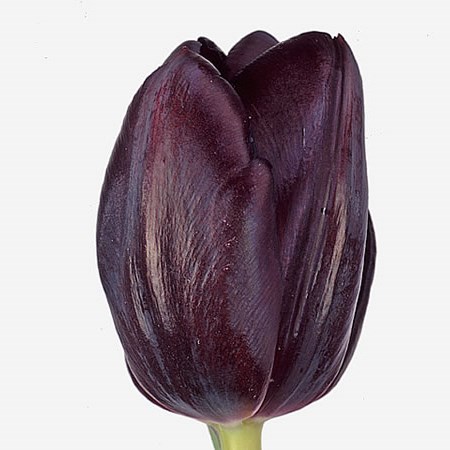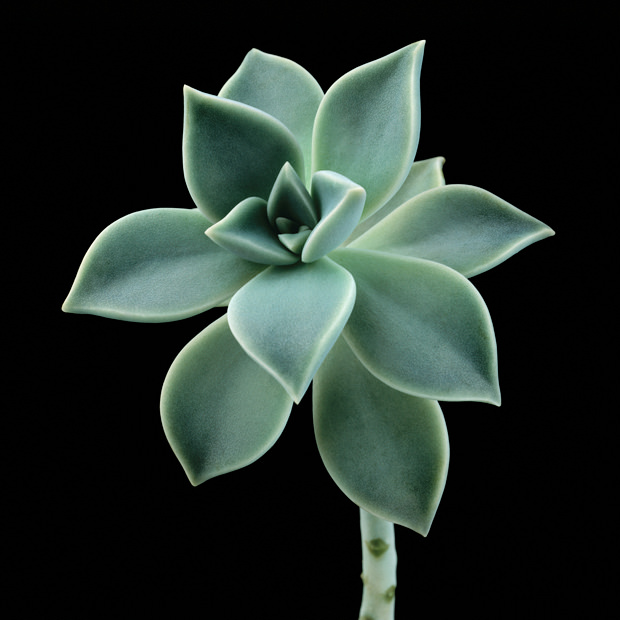Tulip Black Jack
| Author | Alexandre Dumas |
|---|---|
| Original title | La Tulipe Noire |
| Country | France |
| Language | Translated from French |
| Genre | Historical, Romantic |
| Publisher | Baudry, Paris 1850 |
| French 1850 | |
| Pages | 234 p. (Penguin Classics Edition) |
| ISBN | 978-0-14-044892-4 (Penguin Classics Edition) |
| OCLC | 51528417 |
| 843/.7 22 | |
| LC Class | PQ2229.T8 E5 2003 |
The Black Tulip is a historical novel and Romantic poetry, written by Alexandre Dumas, père.
Story[edit]
It begins with a historical event; the 1672 lynching by Orangists of the Dutch Grand Pensionary, Johan de Witt and his brother Cornelis, because they were considered rebels against the stadtholder William of Orange.
Black Jack Tulip
- TULIP - BLACK JACK Color: Dark PurpleStem Length: 40cm IMPORTANT: Tu. TULIP - BLOROYAL PINK. TULIP - BLOROYAL PINK Color: White, Pink Stem Length: 38cm IMPORTAN. TULIP - BLUE DIAMOND. TULIP - BLUE DIAMOND Color: Purple Stem Length: 38cm IMPORTANT:&nbs.
- Gallagher Risk Management Services, Inc. 2008 - 2020 - All rights Reserved. Gallagher Risk Management Services is a subsidiary of Arthur J.
During these events there was Tulip mania across the Netherlands. In this scenarios, the main fictional character Cornelius Van Baerle, belonged to the natural school, whose motto was: 'To despise flowers is to offend God', and thus followed the syllogism:
The city of Haarlem had set the prize of 100,000 Francs to whom could grow a black tulip. At stake was not only the money, but also fame and honour. Also, the gardener would perpetuate his name in history by the tulip's recorded name.
The prosperous Cornelius Van Baerle, godson of Cornelius de Witt, starts the liking of growing tulips in his state. Then he takes the challenge of growing the black tulip. But as an act of misfortune, his neighbour, Isaac Boxtel – also a gardener – watches his every moves, and fearing his success, starts plotting. Followed by unsuccessful schemings, Boxtel moved by envy, denounces Van Baerle to Justice, because of Van Baerle's relation to the brothers De Witt, traitors of the nation then.
Darwin Hybrid Tulip Black Jack 10 Bulbs - 12/+ cm Bulbs by Hirt's Gardens. Currently unavailable. We don't know when or if this item will be back in stock. Fragrant, Tulip 'Black Hero' is a fabulous peony-flowered tulip featuring large, bowl-shaped blossoms densely packed with velvety, dark maroon to mahogany petals. In the shadows, the flower can appear to be pitch black.This sport of world famous Tulip 'Queen of Night' is as impressive, except that it displays twice the number of petals. Wherever it is planted, be prepared for a dramatic show.
Van Baerle is suddenly arrested, and condemned to a life sentence in prison. Dumas uses religious beliefs for dramatic effect, and words as 'Fate', 'Providence' and 'Misfortune'. Misfortune plays a major influence throughout Van Baerle's life events, but at the end succumbs to be a major act of Providence. Shows that God is always in control, both in sadness as in happiness.
Was in such an act, that Van Baerle meets the beautiful daughter of the jailer, Rosa Gryphus. Cornelius loses everything but had kept the bulbs of the tulips, that were expected to be black. In midst of loss and sorrows, Rosa helps him to grow the flower in the jail. The two develop a great love story, even though it was not the main subject, but love gives Cornelius courage to not give up his fancies and expectations. Rosa is seen by him as a brave and virtuous girl, not held by her father vices, but strong in her own pursuits.
The drama elucidates how far an envious person can go; how the righteous ones are not forgotten by God; how in the midst of misfortune a greater happiness is right ahead, and so love and flowers can grow within stone walls.
As famously phrased in To Althea: From Prison by Richard Lovelace, 'Stone walls do not a prison make, nor iron bars a cage'. Van Baerle was free, even inside a prison he was faithful to his conscience. The guards could keep his hands, but not love from him moving forward. And the latter played a major role to prove his innocence.
The philosophy of the book is summed up 'Sometimes one has suffered so much that he has the right never to be able to say, ‘I am too happy.’' (p. 204 The Black Tulip).
The novel was originally published in three volumes in 1850 as La Tulipe Noire by Baudry (Paris). A similarity of story may be seen in The Count of Monte Cristo by same author.
This book was officially printed in France by Alexandre Dumas in 1850 and originally had 236 pages but soon it was converted into different sizes thus changing the pages.

Characters[edit]
- William, Prince of Orange, afterward William III. King of England.
- Louis XIV, King of France.
- Cornelis de Witt, inspector of dikes at the Hague.
- Johan de Witt, his brother, Grand Pensionary of Holland.
- Colonel van Deeken, aide-de-camp to William of Orange.
- Dr. Cornelius van Baerle, a tulip-fancier, godson of Cornelius de Witt.
- Mynheer Isaac Boxtel, his rival.
- Marquis de Louvois.
- Count Tilly, Captain of the Cavalry of the Hague.
- Mynheer Bowelt, deputy.
- Mynheer d'Asperen, deputy.
- The Recorder of the States.
- Master van Spenser, a magistrate at Dort.
- Tyckalaer, a surgeon at the Hague.
- Gerard Dow.
- Mynheer van Systens, Burgomaster of Haarlem and President of its Horticultural Society.
- Craeke, a confidential servant of John de Witt.
- Gryphus, a jailer, Rosa's father.
- Rosa, his daughter, in love with Cornelius van Baerle.
Reception[edit]

George Saintsbury described the novel as 'charming in parts', but felt that Dumas had spun the story out to 'an unconscionable length'.[1]
Adaptations[edit]
The first screen adaptation appears to have been a silent 1921 Dutch-UK co-production directed by Maurits Binger and Frank Richardson. Alex Bryce directed a well-regarded UK adaptation of the novel in 1937, with Patrick Waddington as Cornelus Van Baerle. A five-part BBCminiseries debuted in August 1956 with Douglas Wilmer in the lead role. A second British miniseries appeared in September 1970. In 1988, Australia's Burbank production company created a 50-minute children's animated film from a bowdlerised version of the story.
A musical adaptation was written in 2004 by Kit Goldstein, and premiered at Union College in February 2005.
See also[edit]
References[edit]
Flower Blackjack
- ^The Fortnightly Review. Chapman and Hall. 1878. pp. 533.
External links[edit]
- The Black Tulip full text at Google Books
- The Black Tulip at Project Gutenberg
- eLook Literature: The Black Tulip - HTML version broken down chapter by chapter.
- Webpage for The Black Tulip musical at kitgoldstein.com.
- The Black Tulip public domain audiobook at LibriVox
People have been trying to grow a black tulip for 400 years. Nobody ever has. Now a Dutch horticulturist has claimed at least partial success with a tulip 'the darkest we have ever seen.'
This glossy dark bloom isn`t really pure black, like the illusive object of French novelist Alexandre Dumas` book 'The Black Tulip.'
'But I call that black,' said Geert Hageman, 29, who developed the flower. 'Maybe not very, very black, but black enough. At the very least it is the darkest we have ever seen.'
Hageman admitted that his still-unnamed tulip, the precious product of 25 years of work and 7 years of careful breeding, actually looks a 'very deep purple' when held against a black background.
Nevertheless, the new strain has caused a sensation in Holland, a nation proud of its green thumb and its $1.3 billion-a-year flower industry.
'The development of a really black tulip is impossible,' Hageman said. Hybrid tulips can only have less and less color; they can never be a true black.
Serious work on the first 'black' tulip began in 1979, when Hageman and his coworkers cross-pollinated two dark purple tulip varieties called the Queen of the Night and the Wiener Weld.
Eight weeks later the marriage yielded seeds, and about 10,000 seeds planted that December produced sprouts the next spring. By June, 1980,
'match-head' sized bulbs developed beneath the sprouts. The bulbs grew progressively larger through six annual plantings until finally, in their seventh year, blooms emerged.
Tulip Black Jack
Thousands of blooms were born to the original purple parents. On just one, Hageman plucked his black prize. He claims the moment was unemotional.
'I expected to find it,' he said.
Horticulturists have been searching for the black tulip since tulip bulbs first arrived in Europe from the East in the 16th Century, Hageman said. Modern hothouse hybridization techniques made the breakthrough possible.
Putting the new 'black' tulip on the market is a long process. Next year one bulb turns into three. The year after that the three become 10.
'If we`re lucky,' Hageman said, the tulip could be in flower stalls in six years.
Hageman is confident there is a market for his creation.
'There`s something about black,' he said.
The new flower, Hageman said, holds great promise for hybridization with other varieties--and, of course, for continuing the impossible quest for a truly black tulip.
'We`ll keep trying,' Hageman said.



